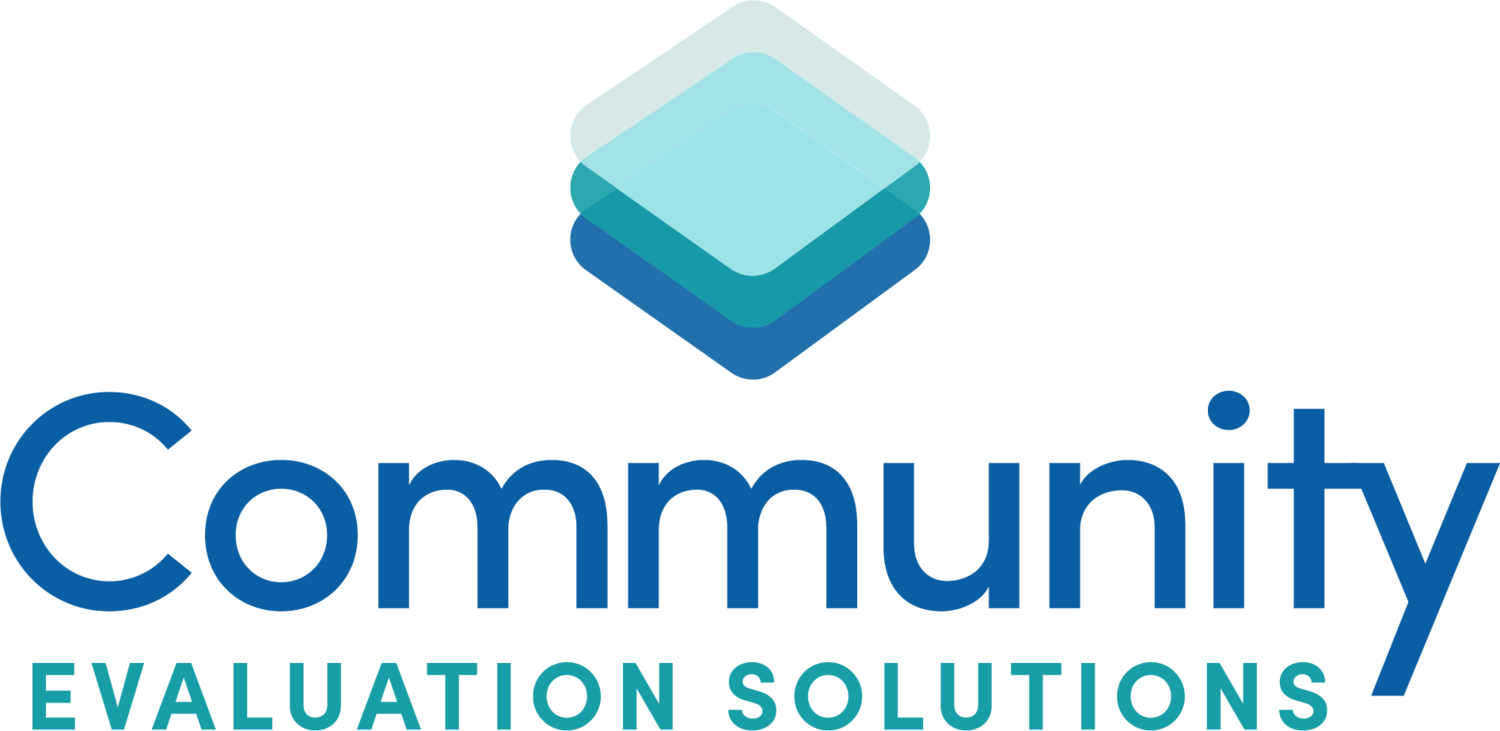This is the Year to Get Focused
We have been through a lot these past 18 months, and we still are in the midst of so many community-level traumas. So, I am rolling out this past blog to give you some motivation.
If there is one simple piece of advice that I give all my clients it is this - Get Focused!
It doesn’t really matter if they are the smallest of nonprofits or a multi-million dollar organization. It also doesn’t matter if they are a brand new start-up or a very mature organization. In the nearly ten years since I founded CES and before that, nearly all of my clients have suffered the same malady – a lack of clarity on what they want to accomplish, what their goals are, and how they plan to get there.
What is focus?
According to Merriam-Webster: fo·cus is
noun \ˈfō-kəs\
: a subject that is being discussed or studied: the subject on which people's attention is focused
: a main purpose or interest
: a point at which rays of light, heat, or sound meet or from which they move apart or appear to move apart; especially: the point at which an image is formed by a mirror, a lens, etc. Merriam-Webster.com.
Merriam-Webster, n.d. Web. 21 May 2014. www.merriam-webster.com/dictionary/focus.
So why do many nonprofits find it difficult to focus, stay focused, or communicate their focus?
Many nonprofits were started by people passionate about a particular issue (homelessness, domestic violence, education, teen pregnancy, etc.). This is great, but some of these dynamic leaders may have very little training in prevention, program development, business, or nonprofit management. They need help learning to lead and manage an organization and working with a nonprofit board. I have found that many of these grassroots change agents have a vision but have a lot of difficulties articulating their vision to others. When this is the case, we often recommend that the client starts by designing a logic model. No groaning, please.
Lots of nonprofits get caught in the trap of chasing funding sources. Pretty soon the tail is wagging the dog and the organization has lost its vision. Given the economy over the last few years, that is completely understandable. But managing disparate grants, all with different funding and reporting requirements is not a whole lot of fun. The amount and types of data required by each of these funders are often beyond the organization’s capabilities. It’s much better to seek funding that supports your central vision and mission.
A situation in which an organization has a strategic plan, an action plan, and/or logic models that just don’t agree is another road to nowhere. To complicate matters even further, oftentimes no one is assigned responsibility to these tasks and the result is that nothing gets done.
Getting lost in data is another path to nowhere. Asking too many questions without the resources to analyze the data or not asking the right questions are common mistakes. DRIP- Data Rich and Information Poor is another common malady that means collecting a lot of data that is not used. All of these data problems add to the burden of staff and lead to resistance to evaluation.
What is the beleaguered nonprofit or program to do?
Remember to begin with the end in mind. How do you want your participants to be different? How do you want your policy to change behavior? Then ask, what are the main levers we need to pull to get us there? Consider not only individual factors which are pretty low-hanging fruit but also the community and systems factors that affect behavior. In the end, be realistic. It is much better to set a few goals you can reasonably achieve than to set many that your staff cannot implement or whose outcomes are so far off you cannot measure. Specific to your evaluation plan, recall Winston Churchill’s warning, “He who fails to plan is planning to fail.” Your evaluation plan should reflect the main levers you’ve chosen for your program. Be both data-rich and knowledge-rich. Now, let’s begin.
P.S. Need some more motivation? Check out the latest episode of my podcast. Dr. Martha Brown is my guest on Community Possibilities where she tells us about a trauma-informed approach to working with non-profits and communities.
P.S.S. If you are stuck on how to get started thinking about your strategy or evaluation, check out my free guide.

